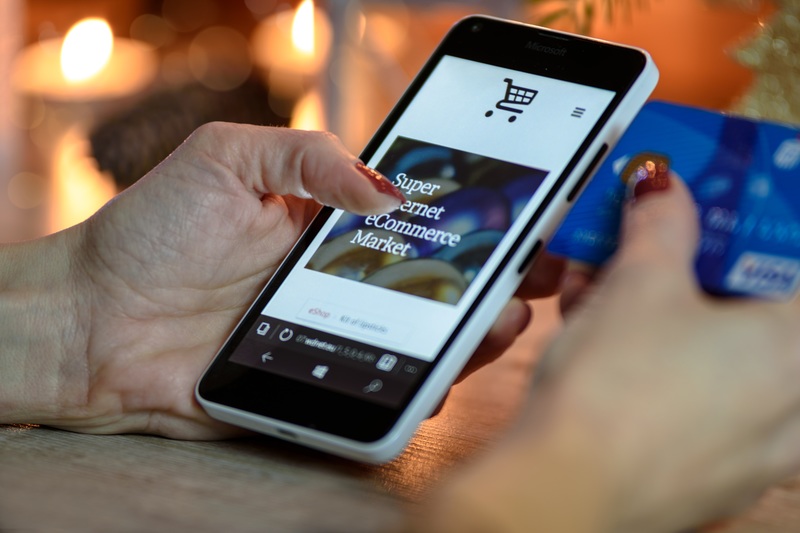The continued meteoric rise of social media has brought forward a new business model of social commerce. In 2021, entrepreneurs and influencers with significant followings can monetize their social media audiences to build an effective online business.
But it’s not always that simple.
Social commerce comes with a number of challenges, like keeping track of orders that arrive from multiple channels, staying on top of inventory, and disparate fulfillment and logistics processes that are hard to streamline. When you have to manually update your stock levels and product listings across several different platforms it adds to the workload, as well as increasing the risk that a mistake will creep in somewhere.
Headless commerce can solve these challenges.
A relatively new e-commerce approach, headless commerce became popular recently. With headless commerce, the e-commerce backend is separate, yet still connected, with the content management front end. Headless commerce means that a single engine can power multiple frontend online storefronts, and in the case of social media monetization, your storefronts are your social media feeds.
There are several reasons why general online sellers have adopted this strategy: it enables faster product innovation, a shorter go-to-market, richer content, a unified set of business apps, and a single platform for managing multiple sales outlets. It also solves a specific set of pain points in social media-based selling, making it the ideal way to make the most out of social media monetization.
1. Sync all Your Social Media Networks
The big advantage of headless commerce is that you can connect your existing social media channels with a powerful sales engine, without doing anything to disrupt your flow of posts, reactions, and followers.
Headless commerce automatically syncs your social feeds with a stable of business apps, so that sales, orders, and returns are constantly updated across your social commerce ecosystem.
Without a headless e-commerce solution, you would need to build a separate online sales presence on a completely different platform. Then you’d need to find some way to connect it with your social media universe. In all likelihood, you’d end up having to constantly flip back and forth between your social commerce channels and your sales engines, trying to keep them both updated and in sync.

2. Access Strong, Unified E-Commerce Tools
With headless commerce, you’re essentially bolting a full, unified e-commerce engine onto your existing social media network.
The e-commerce section provides you with a complete set of all the business apps and tools you might need, including inventory management, payment processing, logistics, and marketing analytics.
If you tried to proceed without a headless solution, you’d find yourself forced to cobble together an online sales platform by connecting assorted tools, apps, and solutions. These disparate elements may or may not integrate fully, leaving you with a patchwork of sales tools that could fail your social media sales at a key moment.
3. Seamlessly Integrate all Your Sales Channels
Combining headless commerce with your existing social media monetization models means that you can manage all your cross-channel sales in one place. You’ll get all the tools you need to process your Instagram and Pinterest sales and handle Facebook or Twitter orders, without having to switch platforms. Reports and analytics appear like magic in a single dashboard that displays all your cross-channel sales, and logistics and returns can be dealt with through a single interface.
Without headless commerce, your sales process wouldn’t be nearly as smooth. You might well need to direct interested customers off your social media feed to a separate online webstore in order to complete their transaction, which increases the chances that they’ll abandon their purchase.
Your other store might not mesh fully with your social media branding, further confusing your customers. With headless commerce, the transfer to a sales platform is frictionless, if it’s needed at all.
4. Offer Secure Payments
One of the big drawbacks to social commerce is that customers fear that the payment process isn’t secure. Social media profiles appear to be easily hackable, judging by the news headlines that never seem to stop coming, so using them to provide credit card or other payment information seems unwise.
A common solution is to build a parallel online sales presence using Shopify or similar solution. However, you would still have to integrate secure payments into your new sales site, which means finding the right strong anti-fraud and anti-theft plugins and tools to provide a high enough level of security.
Headless commerce solves all these troubles in one go. It allows you to complete sales within your social media platform, reducing friction at checkout because you don’t have to redirect customers to a more secure site. At the same time, it adds powerful PCI DSS compliance and strong anti-fraud capabilities to maintain the confidentiality of customer payment information.
Headless E-Commerce Keeps Processes Consolidated Across Channels
Combining your existing strong social media following with a headless commerce solution opens up new doors for social commerce. Headless commerce enables you to seamlessly stitch together a single unified sales platform, containing all the business apps and tools you need, with your social media channels, without disrupting your smooth social marketing.
By syncing all your channels and delivering secure payment processing, headless commerce boosts your social media influence to a whole new level.










